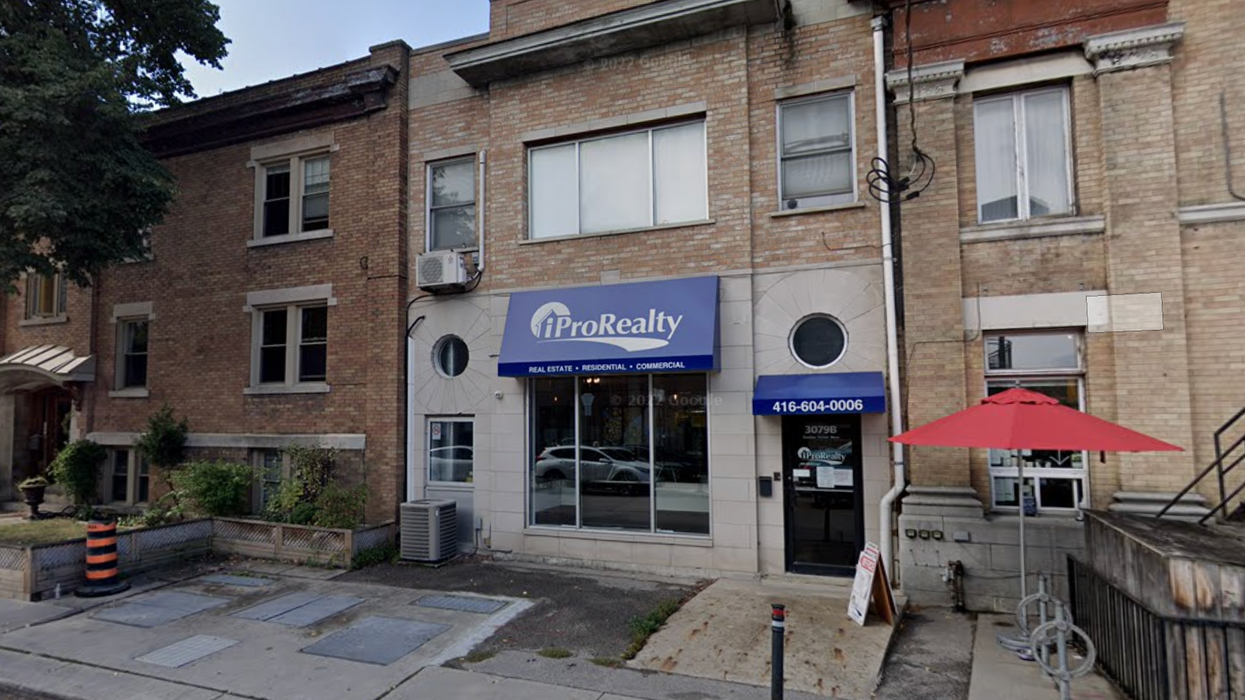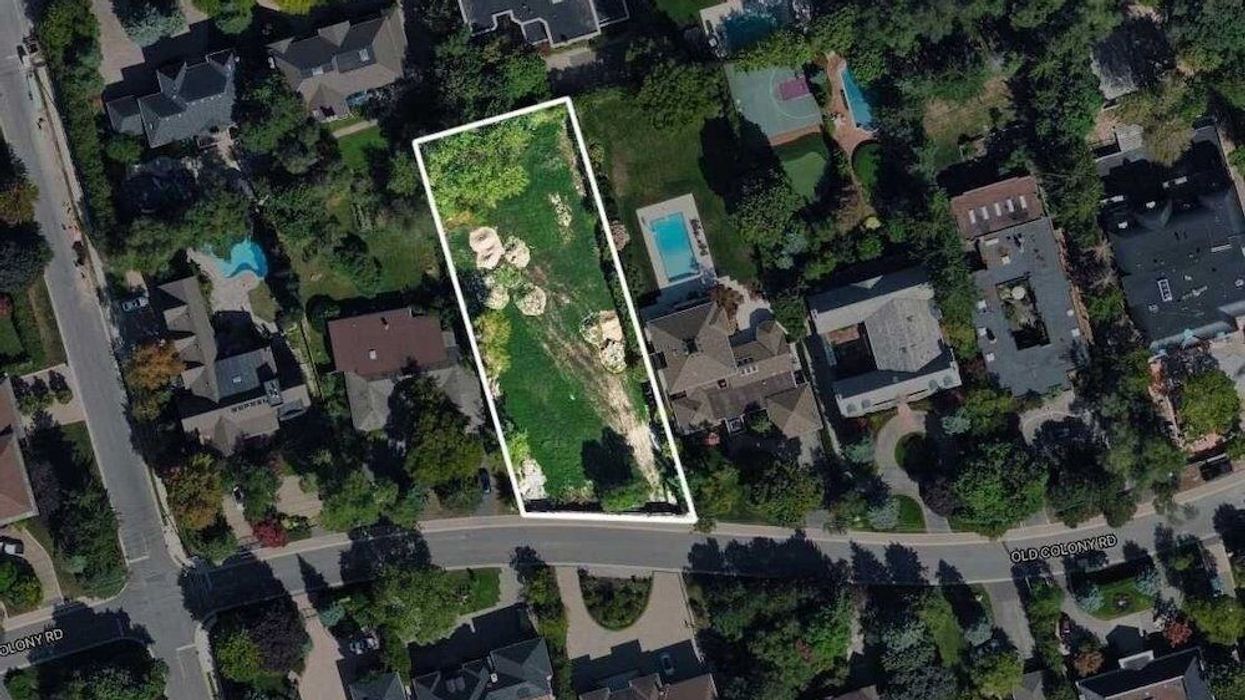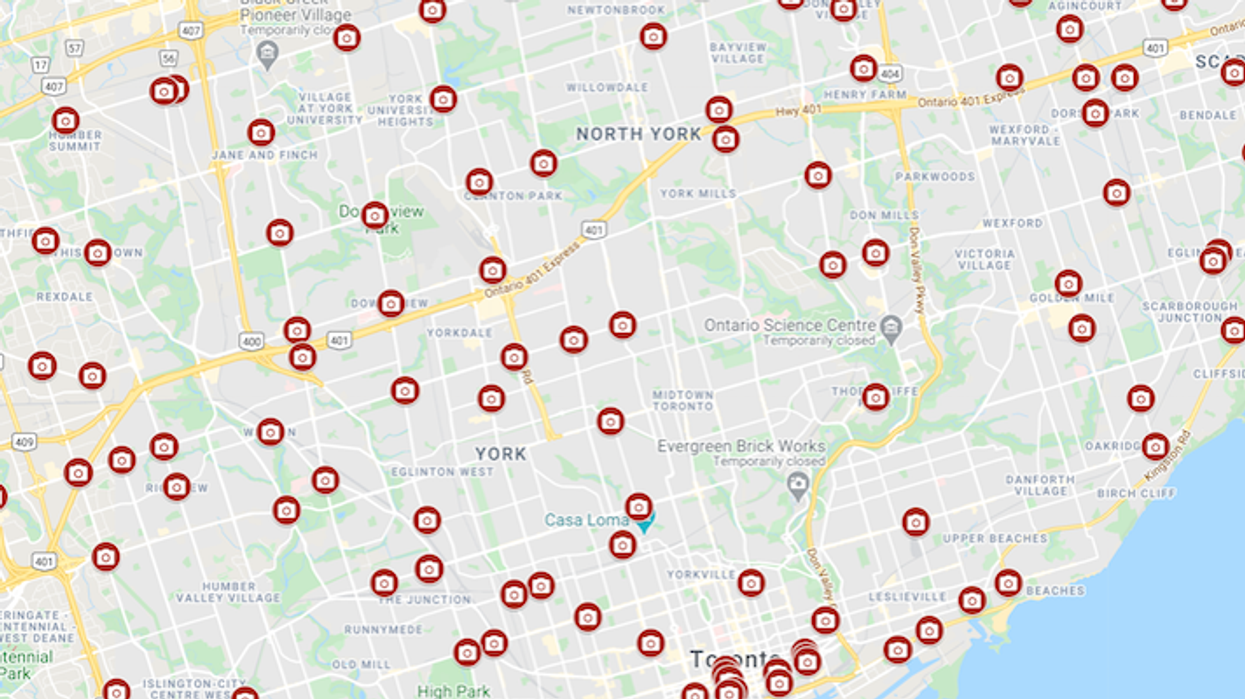Sales-To-New-Listings Ratio (SNLR)
Understand the Sales-To-New-Listings Ratio (SNLR) in Canadian real estate, how it measures market balance and affects buyer and seller strategies.

May 30, 2025
What is the Sales-To-New-Listings Ratio (SNLR)?
The Sales-To-New-Listings Ratio (SNLR) is a real estate metric that compares the number of homes sold to the number of new listings in a given period.
Why Does the Sales-To-New-Listings Ratio Matter in Real Estate?
In Canadian real estate, SNLR is used to determine market conditions and whether buyers or sellers have more negotiating power.
SNLR interpretations:
- Below 40%: Buyer’s market
- 40–60%: Balanced market
- Above 60%: Seller’s market
SNLR is commonly tracked by CREA and regional boards and is a key indicator for market type and pricing pressure.
Understanding SNLR helps market participants assess supply and demand, predict price trends, and time market entry or exit.
Example of the Sales-To-New-Listings Ratio in Action
The city’s SNLR rose to 68%, suggesting a strong seller’s market and increased competition among buyers for available listings.
Key Takeaways
- Measures homes sold vs. new listings.
- Indicates market pressure and conditions.
- Below 40% = buyer's market.
- Above 60% = seller's market.
- Aids in pricing and timing strategies.
Related Terms
- Market Type
- Buyers' Market
- Sellers' Market
- Housing Inventory
- CREA















 Camcos Living
Camcos Living Shutterstock
Shutterstock Little Rouge Block G/Camcos
Little Rouge Block G/Camcos Camcos Living
Camcos Living Camcos Living
Camcos Living Camcos
Camcos








